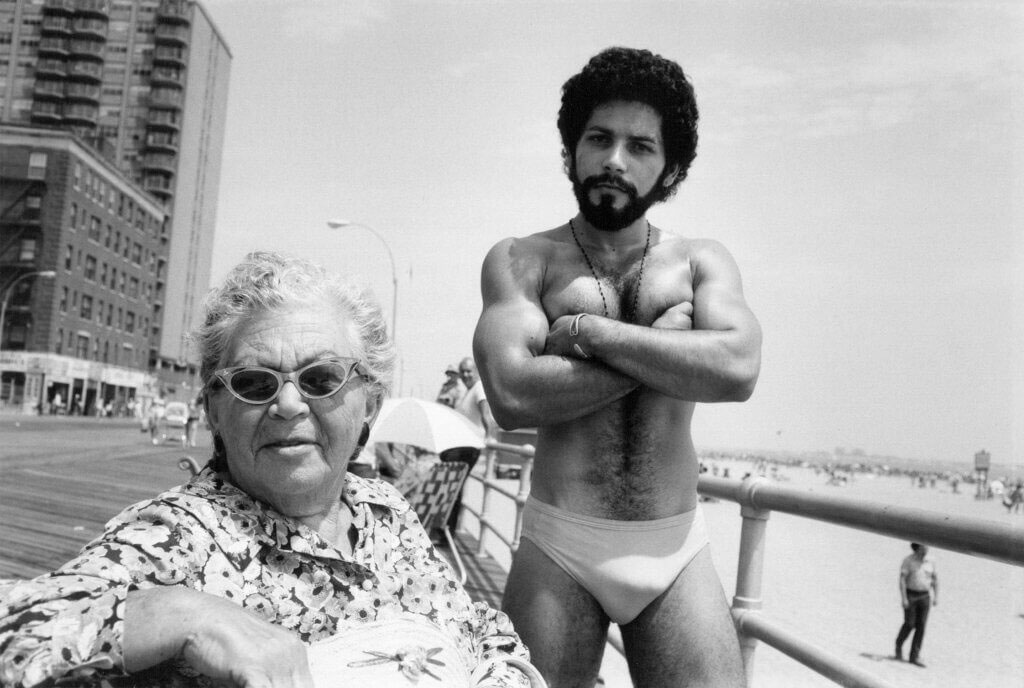Clandestine – Photography collection by Pedro Slim
15 October 2021 to 27 March 2022
Exhibition
The Cobra Museum of Modern Art in Amstelveen brings together some 100 black-and-white photographs by roughly 60 famous photographers in the exhibition Clandestine. The theme of all the works is the human body, and they are part of the collection of photographer and collector Pedro Slim (Beirut, Lebanon, 1950). This is the first time that this collection is being shown in the Netherlands. The photographs show an explicit love for the (naked) human body in all its manifestations: woman and man, perfect and imperfect, elegant, erotic or vulnerable.

The exhibition is curated by guest curator Sylvia Navarrete Bouzard (former director of Museo de Arte Moderno, Mexico City, 1961). The exhibition presents original and contemporary prints (including silver on gelatine, photogravure), collages and photomontages by artists such as George Hoyningen-Huene, Horst P. Horst, George Platt Lynes, George Dureau, Robert Mapplethorpe, Diane Arbus, Graciela Iturbide, Antonio Garduño, Pierre Molinier, Allen Frame, Larry Clark, Peter Hujar, Amos Badertscher, Man Ray and Arlene Gottfried.
Ode
The uncompromising self-expression of the people in the photos from Pedro Slim’s collection is especially relevant today. His photos are an ode to diversity in terms of sexuality, gender and beauty. With this exhibition, the Cobra Museum hopes to contribute to the discussion on stereotypes and prejudices surrounding these themes, striving for a future with more equality and diversity.
The unlimited body
The visitor is introduced to the collection through three themes. The first part presents a variety of views on the beauty of the human body. The photographers believe that beauty primarily lies in personal expression. The artists seek to go beyond prevailing standards and ideals of beauty, and make a plea to cherish the body in all its manifestations.
Life in the margins
The photographs within the second theme show people living on the fringes of society. Many of the photographs are somewhere between art, documentary and an intimate diary, and many of the scenes captured are scenes of everyday life. The artists show how bodily experiences can also be a political tool: their photos proudly assert autonomy over the body.
Arlene Gottfried
Pedro Slim is the most important collector of the work of Arlene Gottfried (1950-2017). Gottfried specialised in the genre known as street photography, recording life in the less well-to-do neighbourhoods of her hometown New York. This collection is the third theme in the exhibition. Her photographs show the spontaneous connections that arise from the love or camaraderie between two people, the serendipity of everyday situations at the beach or on the streets, and from those fleeting moments brimming with amusement, humour and emotion.
About the collector
Mexican photographer and collector Pedro Slim comes from a Lebanese-Mexican family, and was born in Beirut, Lebanon, in 1950. He studied architecture and photography in Mexico and New York. Since the early 1990s, he has had solo and group exhibitions in museums and galleries in Paris, Houston, Barcelona and Beirut. His relative Carlos Slim is known as an international telecommunications entrepreneur. But Pedro Slim’s collection was built independently from his family, and is the result of his passion and interest in photography. The last exhibition of Pedro Slims’ collection was at the Museo de Arte Moderno in Mexico City in 2017. In 2018, he curated the Festival Internacional por la Diversidad Sexual in Mexico City.
About the museum
The Cobra Museum focuses on the art and ideas of the Cobra movement. Cobra is part of the canon of art history, but the ‘spirit’ of Cobra is still very much alive. An alternative culture, based on international solidarity and creativity, is perhaps more relevant than ever in the world we live in today. The Cobra Museum therefore actively links the collection and history of Cobra to contemporary artists, modern art movements and current affairs.

